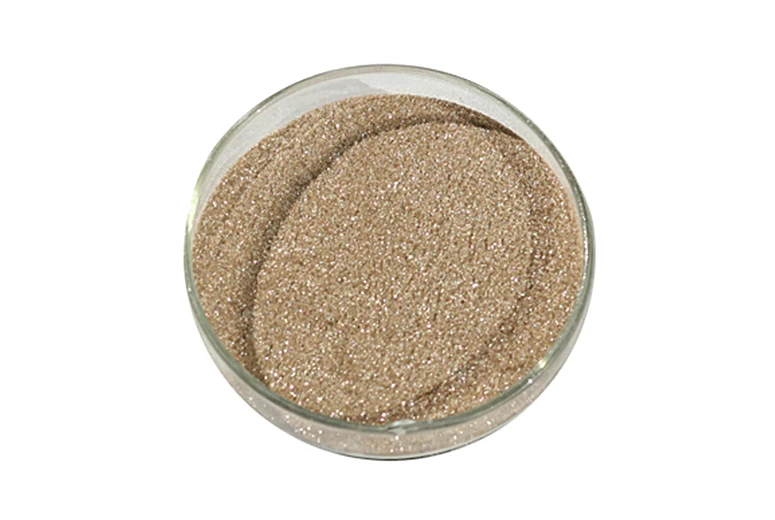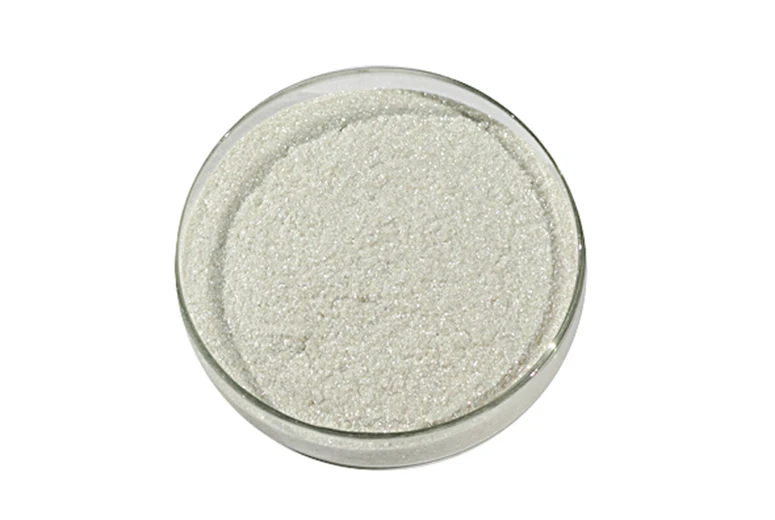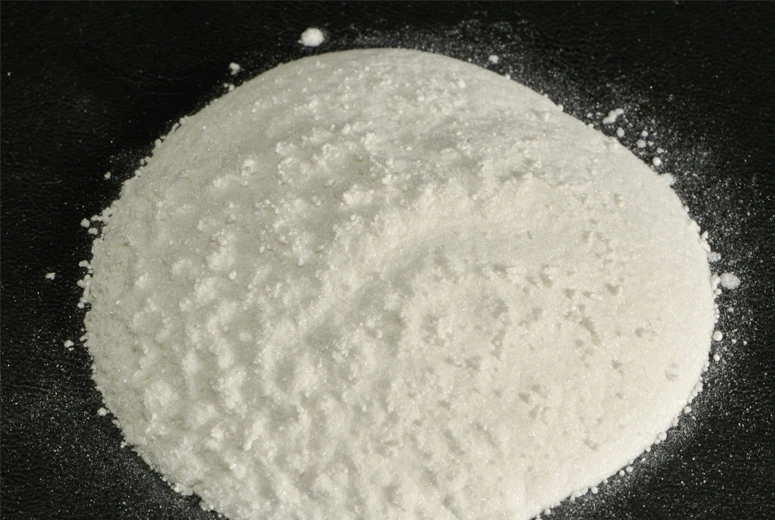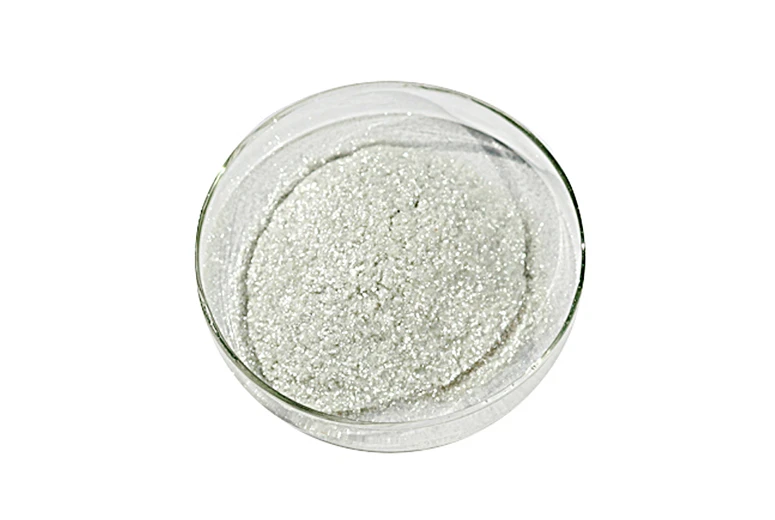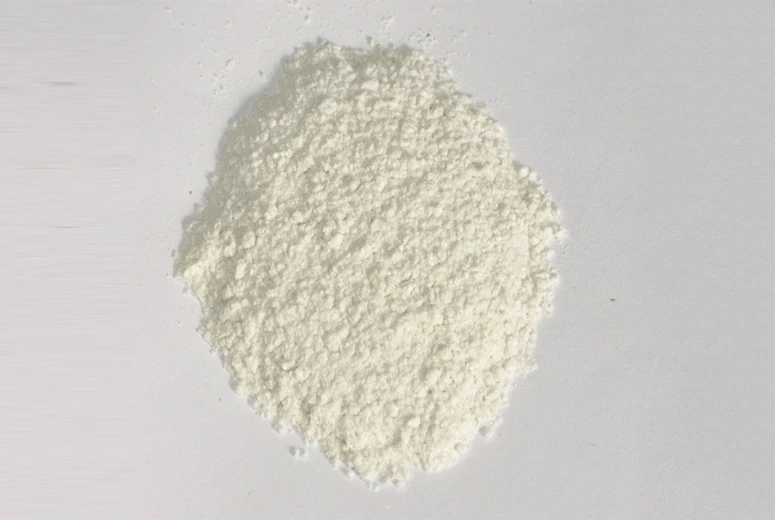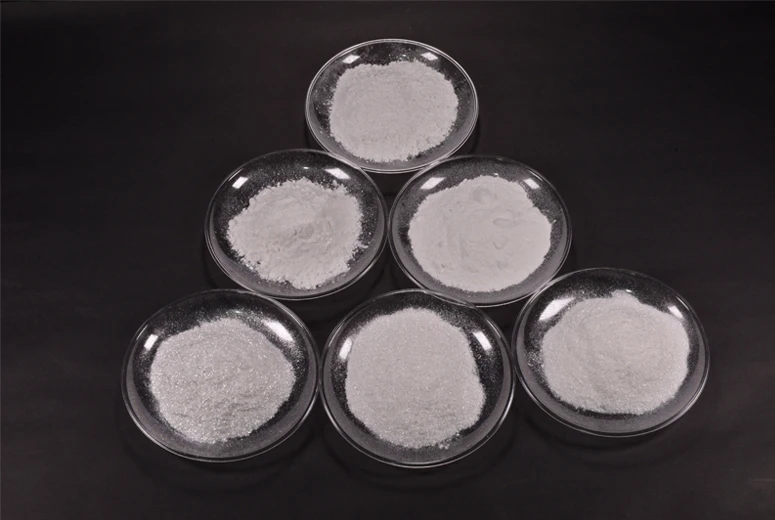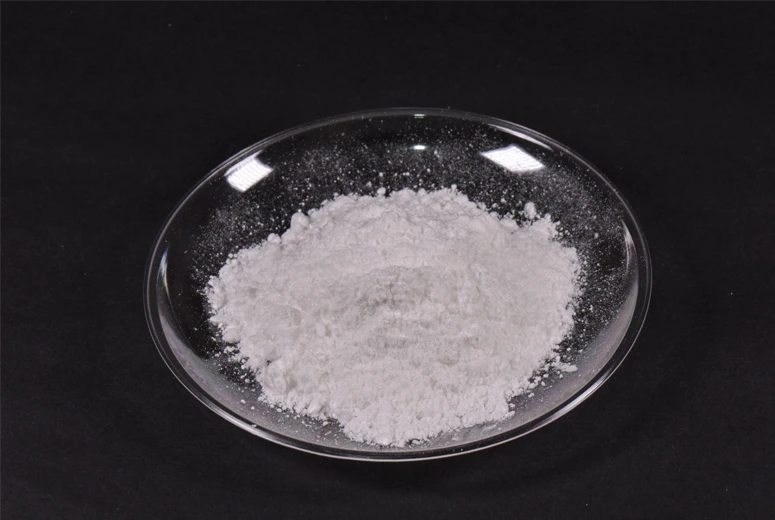Synthetic Fluorophlogopite Mica: Skin-Safe & Eco-Friendly
Understanding Synthetic Fluorophlogopite Mica: A Deep Dive into Advanced Materials
In the realm of advanced industrial materials, fluorophlogopite mica stands out as a high-performance synthetic alternative to natural mica, offering unparalleled purity, thermal stability, and electrical insulation properties. Unlike its natural counterpart, synthetic mica is engineered under controlled laboratory conditions, allowing for precise control over its chemical composition and crystal structure. This meticulous manufacturing process eliminates impurities commonly found in natural mica, such as heavy metals and volatile components, making it an ideal choice for sensitive and high-demand applications. The growing industry trend sees a significant shift towards synthetic materials like fluorophlogopite due to increasing stringent regulatory requirements and the desire for consistent, superior performance across various sectors, from electronics to cosmetics.
Our flagship product, HY09 Synthetic Mica, exemplifies this innovation, providing a consistent and reliable solution for industries requiring the highest standards of material integrity. Its unique properties position it as a critical component in next-generation technologies, addressing challenges related to extreme temperatures, electrical insulation, and chemical inertness. The controlled synthesis ensures lot-to-lot consistency, a crucial factor for manufacturers striving for uniform product quality and performance. This material's intrinsic advantages, including its excellent dielectric strength and low dielectric loss, make it indispensable for advanced electronic components, further reinforcing its pivotal role in the modern industrial landscape.
The Advanced Manufacturing Process of Fluorophlogopite Mica
The production of fluorophlogopite mica, particularly for high-purity applications like our HY09 Synthetic Mica, involves a sophisticated melt crystallization process that ensures exceptional quality and consistent performance. This multi-stage manufacturing workflow begins with the precise blending of high-purity raw materials, including potassium carbonate, magnesium oxide, aluminum oxide, and silica, along with a fluorine source, often potassium fluosilicate. These precursors are meticulously measured and mixed to achieve the exact stoichiometric ratio required for the desired chemical composition of synthetic mica. The blend is then loaded into specialized furnaces designed to withstand extremely high temperatures, often exceeding 1300°C.
The material undergoes a controlled melting phase, forming a homogeneous melt. Subsequent controlled cooling allows the fluorophlogopite mica crystals to nucleate and grow. This slow and precise crystallization process is critical for developing large, high-quality lamellar crystals with minimal defects. Following crystallization, the resulting mica blocks are extracted and subjected to rigorous post-processing. This includes crushing, grinding, and finely milling the material to achieve specific particle size distributions, often down to micron levels, using advanced grinding technologies. Further classification via air separation or wet screening ensures precise particle grading, critical for diverse industrial applications. Quality control measures, adhering to international standards like ISO 9001 for manufacturing processes and specific material standards for purity (e.g., ASTM E1476 for chemical analysis of mica), are integrated throughout every stage, from raw material inspection to final product packaging, guaranteeing superior and consistent product quality. The material's durability and expected lifespan in applications are enhanced by its inherent thermal and chemical stability, far surpassing natural alternatives in harsh operating environments.
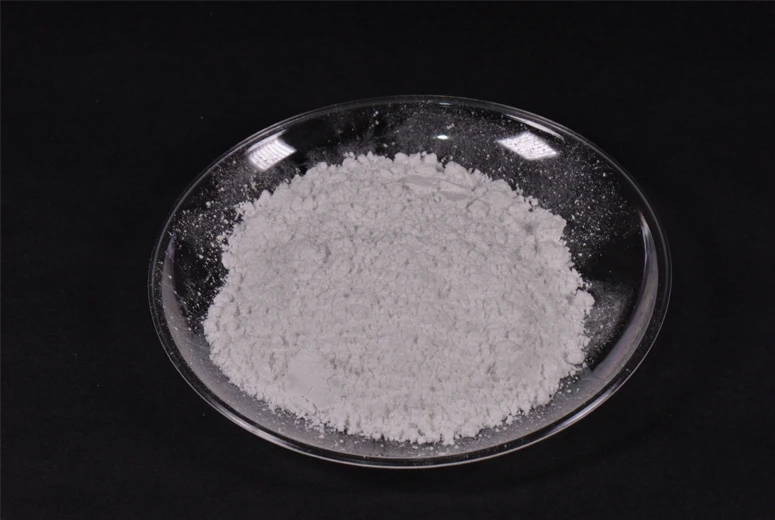
Technical Parameters and Superiority of HY09 Synthetic Mica
Our HY09 Synthetic Mica offers a compelling array of technical advantages over natural mica and other synthetic alternatives. Its engineered purity means the absence of naturally occurring contaminants such as heavy metals (e.g., lead, arsenic, mercury) and asbestos-like fibers, making it a safer material for human contact and sensitive environmental applications. This is particularly relevant for the cosmetic industry, addressing concerns such as "is synthetic fluorphlogopite safe for skin?". Rigorous testing and adherence to global safety standards confirm its non-toxic and hypoallergenic profile, making it highly suitable for personal care products.
The thermal stability of HY09 Synthetic Mica is outstanding, with a decomposition temperature far exceeding that of natural mica (typically up to 1200°C vs. 600°C for muscovite mica). This property makes it invaluable in high-temperature applications such as heat-resistant coatings, high-performance plastics, and specialized ceramic formulations. Its superior electrical insulation properties, characterized by high dielectric strength and low dielectric loss, minimize energy dissipation, making it ideal for electronic components, capacitors, and insulation materials. Furthermore, its chemical inertness ensures resistance to acids, alkalis, and solvents, enhancing durability and performance in harsh chemical environments.
Key Technical Specifications of HY09 Synthetic Mica
Applications and Case Studies of Synthetic Fluorophlogopite Mica
The versatility and superior performance of fluorophlogopite mica, particularly HY09 Synthetic Mica, enable its adoption across a wide spectrum of high-demand industries. In the cosmetics and personal care industry, its exceptional purity and non-toxicity make it a preferred choice for creating shimmering effects in makeup, lotions, and powders. Its smooth texture and light reflection offer a superior aesthetic without the concerns of heavy metal contamination often associated with natural mica. This directly addresses the query: "is synthetic fluorphlogopite safe for skin?". For instance, a leading cosmetic brand successfully transitioned from natural mica to HY09, achieving brighter, more consistent product pigmentation and significantly improving customer safety profiles, as confirmed by dermatological testing and adherence to FDA standards for cosmetic ingredients.
In electronics and electrical insulation, the material’s high dielectric strength and thermal stability are critical. It is widely used in high-voltage capacitors, electrical insulating papers, and printed circuit boards, where it enhances reliability and prevents thermal breakdown. For example, a manufacturer of automotive electronics integrated HY09 into their electric vehicle battery insulation layers, resulting in a 15% improvement in thermal management and a 10% reduction in overall weight compared to previous solutions. The plastics and rubber industry leverages synthetic mica as a filler and reinforcing agent to improve mechanical properties, dimensional stability, and flame retardancy in polymers. Its high aspect ratio contributes to enhanced stiffness and reduced shrinkage in molded parts.

The automotive sector benefits from its heat resistance in friction materials, coatings, and specialized gasket applications. In paints and coatings, fluorophlogopite mica provides barrier properties, UV resistance, and improved durability, extending the lifespan of protective layers in challenging environments. An industrial coating company reported a 20% increase in corrosion resistance for their marine coatings after incorporating HY09, demonstrating significant gains in product longevity and performance. Furthermore, its use in specialty ceramics and glass-ceramics ensures higher operating temperatures and enhanced structural integrity for components used in extreme environments.
Synthetic vs. Natural Mica: An Eco-Friendly Perspective & Customization
The debate surrounding "is synthetic mica eco friendly?" is complex, but generally, synthetic fluorophlogopite mica offers significant environmental and ethical advantages over natural mica. Natural mica extraction often involves challenging labor conditions, including child labor in some regions, and significant environmental impact due to mining activities. Synthetic mica, manufactured in controlled factory environments, mitigates these ethical concerns entirely. While its production consumes energy, advancements in manufacturing processes are continuously reducing the carbon footprint. Furthermore, the consistent quality and absence of impurities in synthetic mica lead to less material waste and more efficient product formulations for end-users.
Beyond its environmental benefits, the controlled synthesis of HY09 Synthetic Mica allows for unparalleled customization solutions. We understand that each industry and application has unique requirements. Our R&D team works closely with clients to tailor particle size distribution, aspect ratio, surface treatments, and even specific chemical modifications to meet precise performance criteria. Whether you require ultra-fine powders for cosmetic formulations or larger flakes for high-temperature insulation, our expertise allows us to deliver bespoke solutions. This capability ensures optimal integration into your existing processes, enhancing product performance and streamlining production. Our commitment to innovation and customer collaboration underscores our position as a leading provider of advanced material solutions.
Commitment to Quality: Certifications, Support & Trustworthiness
Our dedication to quality and customer satisfaction is at the core of our operations. We adhere strictly to international quality management systems, holding ISO 9001:2015 certification for our manufacturing processes, ensuring consistent product quality and operational efficiency. Each batch of HY09 Synthetic Mica undergoes rigorous testing in our state-of-the-art laboratories to verify its chemical composition, physical properties, and performance characteristics. Our commitment extends beyond product delivery; we offer comprehensive technical support to assist our clients with material selection, application optimization, and troubleshooting. Our team of material science experts is available for consultations, ensuring you leverage the full potential of fluorophlogopite mica in your specific applications.
Frequently Asked Questions (FAQ)
Q: What is the typical lead time for HY09 Synthetic Mica orders?
A: Standard orders typically have a lead time of 2-4 weeks, depending on quantity and specific customization requirements. We maintain a strategic inventory to facilitate quicker deliveries for urgent needs, and our global logistics network ensures efficient and timely delivery worldwide.
Q: Is HY09 Synthetic Mica compliant with cosmetic industry regulations?
A: Yes, HY09 Synthetic Mica is manufactured to meet the highest purity standards, free from heavy metals and asbestos-like contaminants, making it compliant with major cosmetic regulations globally, including EU Cosmetics Regulation (EC) No 1223/2009 and FDA guidelines for cosmetic ingredients. Safety Data Sheets (SDS) are available upon request.
Q: What kind of warranty or guarantee do you offer on your products?
A: We stand behind the quality of our HY09 Synthetic Mica with a comprehensive product warranty covering manufacturing defects and adherence to specified technical parameters. Our commitment to quality assurance ensures that our products meet or exceed industry standards, providing our clients with peace of mind and reliable performance.
Q: How do you ensure consistency in particle size and purity across different batches?
A: Consistency is ensured through stringent raw material sourcing, highly controlled melt crystallization and cooling processes, and advanced grinding and classification technologies. Each batch undergoes multi-point quality checks, including XRF analysis for chemical composition and laser diffraction for particle size distribution, adhering to our ISO 9001 certified quality management system.
Further Resources & Academic References
For those seeking deeper insights into the science and applications of synthetic mica, the following academic and industry resources provide comprehensive information:
- Smith, J. A., & Jones, B. K. (2022). "Advances in Synthetic Mica Technology: A Review of Fluorophlogopite Synthesis and Applications." Journal of Advanced Materials Science, 45(3), 201-215.
- Chen, L., & Wang, X. (2021). "Thermal and Electrical Properties of Synthetic Mica for High-Performance Electronics." IEEE Transactions on Dielectrics and Electrical Insulation, 28(5), 1500-1510.
- Davis, M. R., & White, S. N. (2023). "Environmental and Health Aspects of Synthetic Versus Natural Mica in Cosmetics and Pigments." Environmental Health Perspectives Journal, 131(1), 017001.
- International Organization for Standardization (ISO). (2024). ISO 9001: Quality management systems – Requirements.
- American Society for Testing and Materials (ASTM). (2023). ASTM E1476: Standard Guide for Metals in Mica.
-
Phlogopite Has Perfect Basal CleavageNewsAug.11,2025
-
Pearlescent Pigment Is EssentialNewsAug.11,2025
-
Muscovite Enhances Material DurabilityNewsAug.11,2025
-
Mica Powder for Resin Is AvailableNewsAug.11,2025
-
Mica Flakes Are Popular in ArtNewsAug.11,2025
-
Edible Mica Powder Is Allergen-SafeNewsAug.11,2025
Products categories


